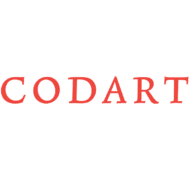Old Dutch and Flemish art can be admired in hundreds of museums worldwide. Every now and then they add new work to their collections. These are the latest acquisitions.
Dordrechts Museum Acquires a Painting by Jacob Gerritsz. Cuyp
A small portrait of an unknown baby of 8 months old has enriched the collection of the Dordrechts Museum. It is painted on panel in 1646 by Jacob Gerritsz. Cuyp (1594-1652), a prolific portraitist from Dordrecht and the father of the more famous landscape painter Aelbert Cuyp (1620-1691). This is the smallest painting the old Cuyp made and the youngest sitter he portrayed. The small panel has been preserved in its original 17th-century ebony frame that almost doubles the size of the painting. It hung in the castle Slot Zuylen for a long time and was owned by the Van Tuyll van Serooskerken family.
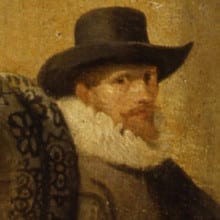 Self-portrait by Jacob Gerritsz. Cuyp (1594 – 1652)
Self-portrait by Jacob Gerritsz. Cuyp (1594 – 1652)With large eyes and round cheeks the baby looks out of the picture diagonally. The unknown parents of the child who commissioned the portrait, must have been very proud: the healthy boy is almost a symbol of Dutch prosperity. Curiously, the child’s weight is inscribed on the reverse (“Weecht. 28. lb”). Jacob Cuyp has depicted the chubby baby for almost three quarters against a dark background. This inadvertently creates the impression that the child is already standing up.
Both boys and girls have long been depicted in skirts, but details can give an indication of the gender. Here it is most likely a boy. The shape of the collar is more like a male model collar than a female collar. Also: the feather on the tight children’s hat indicates that it is a boy. In its left hand the baby boy is holding a small piece of fruit, the only attribute in the portrait. Fruit in Dutch 17th-century children- and family portraits often refers to the child or to the fertility of the family.
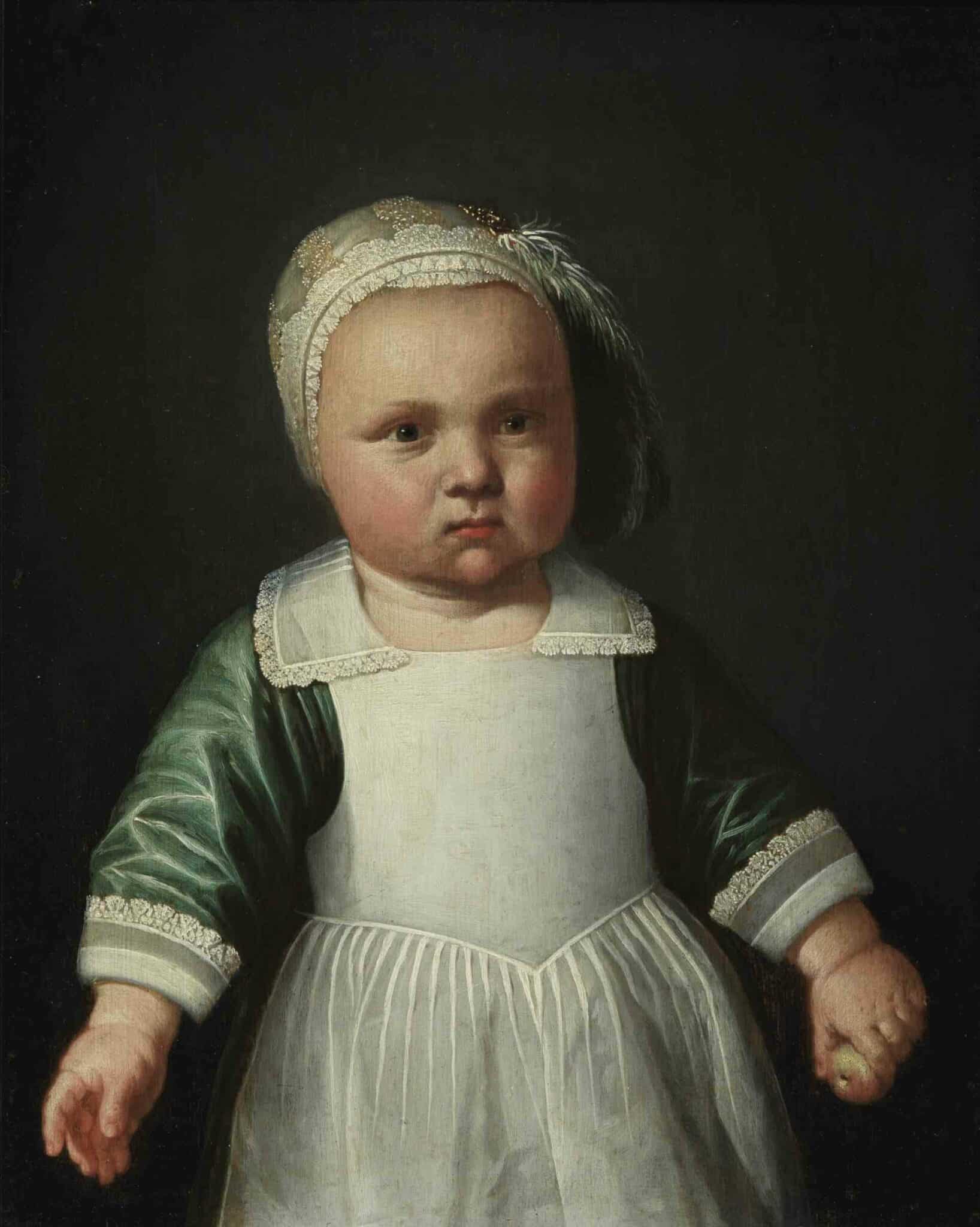 Jacob Gerritsz. Cuyp (1594 – 1652), Portrait of an 8-months-old boy, 1646
Jacob Gerritsz. Cuyp (1594 – 1652), Portrait of an 8-months-old boy, 1646© Dordrechts Museum, Dordrecht
The different members of the Cuyp family constitute the core of the collection of old master paintings in the Dordrechts Museum. In October 2021 the exhibition In the light of Cuyp. Aelbert Cuyp & Gainsborough – Constable – Turner will focus on the appreciation and collecting of Aelbert Cuyp and his influence on British landscape painters.
This is an abbreviated version of an article written by Sander Paarlberg, Curator of Old Master Paintings, Dordrechts Museum
Rijksmuseum Receives Painting by Bartholomeus Spranger
The Rijksmuseum, Amsterdam received a masterpiece by Bartholomeus Spranger, The Body of Christ Supported by Angels, painted on copper ca. 1587. The new acquisition is on display alongside other masterpieces by artists from the same region, including Adriaen de Vries and Joachim Wtewael.
The painting was donated by art dealer, collector and CODART Patron Bob Haboldt in commemoration of all the CODVID-19 victims.
 Bartholomeus Spranger (1546-1611), The Body of Christ Supported by Angels, ca. 1587
Bartholomeus Spranger (1546-1611), The Body of Christ Supported by Angels, ca. 1587© Rijksmuseum, Amsterdam
Spranger’s painting on this small copper plate is a powerful and poignant image of compassion, or imago pietatis. It shows angels supporting the body of Christ, illuminated by heavenly light. This Man of Sorrows is presented to us almost frontally. The angel in the foreground holds a basket containing attributes associated with the passion, such as the crown of thorns and the nails used to crucify Christ. In the background the three Marys are shown making their way to the grave that they will find empty.
This painting was made for private devotion, but quickly garnered wide fame when, in 1587, Hendrick Goltzius copied it as a print that was reproduced and distributed in large numbers.
Art Institute of Chicago Acquires a Work by Cornelis Cornelisz. van Haarlem
The Art Institute of Chicago acquired Venus, Cupid and Ceres by Cornelis Cornelisz. van Haarlem. Monogrammed and dated 1604, the painting is the earliest of three interpretations of the subject (Gemäldegalerie, Dresden and Palais des Beaux-Arts, Lille) by the artist.
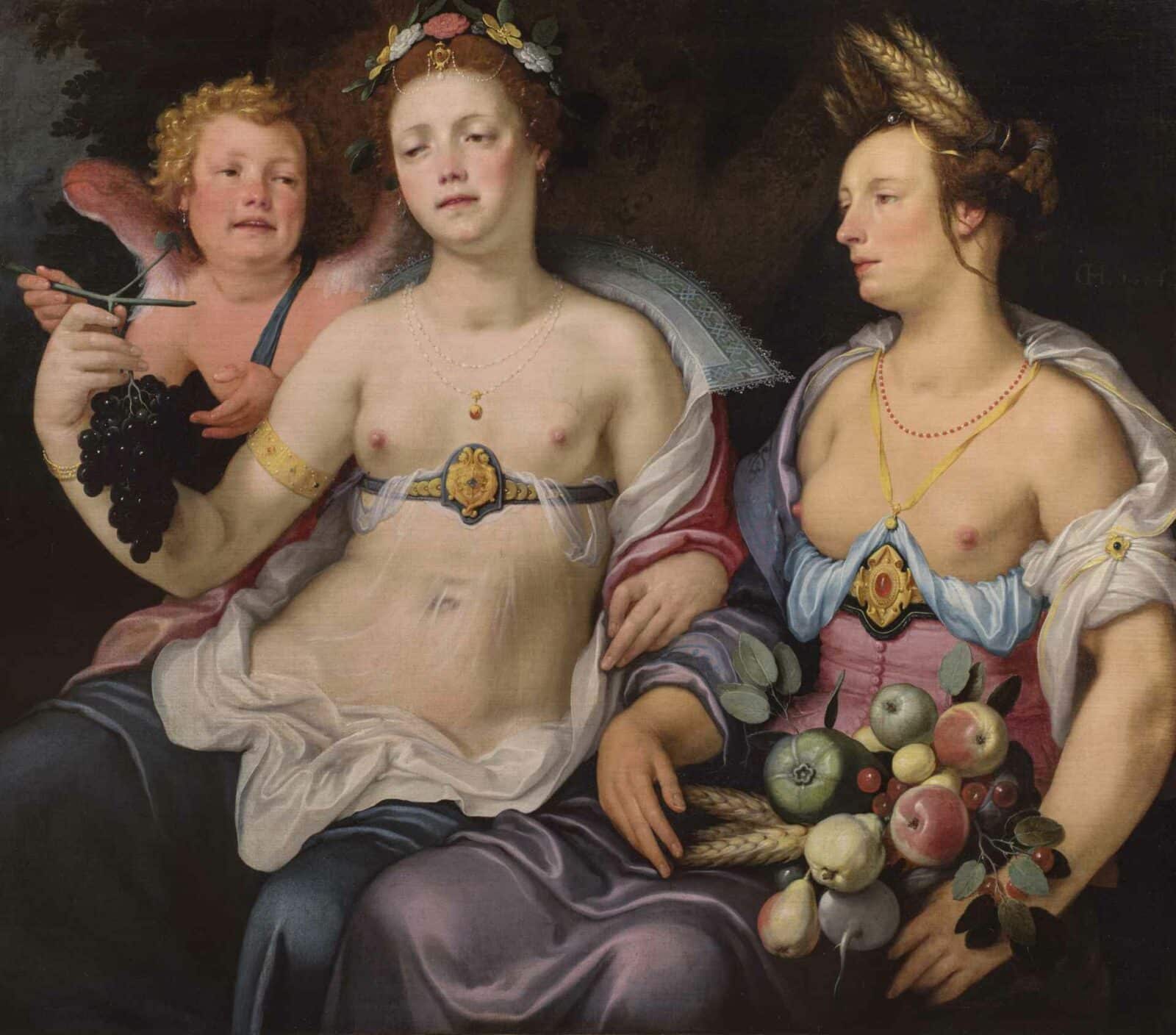 Cornelis Cornelisz. van Haarlem (1562-1638), Venus, Cupid and Ceres, 1604
Cornelis Cornelisz. van Haarlem (1562-1638), Venus, Cupid and Ceres, 1604© Art Institute of Chicago, Chicago
The work depicts the goddesses of beauty and grain, joined by the cherubic god of love, in a verdant landscape. The bunch of grapes offered by Cupid to Venus is an allusion to the god of wine, Bacchus, and it transforms the scene into a clever reference to the ancient witticism, Sine Cerere et Libero friget Venus (Without food and drink, love grows cold).
‘With its luminous palette and classicizing treatment of the nude, it demonstrates the softer approach to Mannerism that prevailed in Haarlem after 1600,’ said Jacquelyn N. Coutré, Eleanor Wood Prince Associate Curator of European Painting and Sculpture before 1750. ‘It will amplify the stories that we can tell in our galleries about working after life and artistic exchange in the United Provinces.”
The painting will be hung during the reinstallation of the Northern European galleries in October 2020.
Rare Seventeenth-Century Ring Acquired for the DIVA Museum in Antwerp
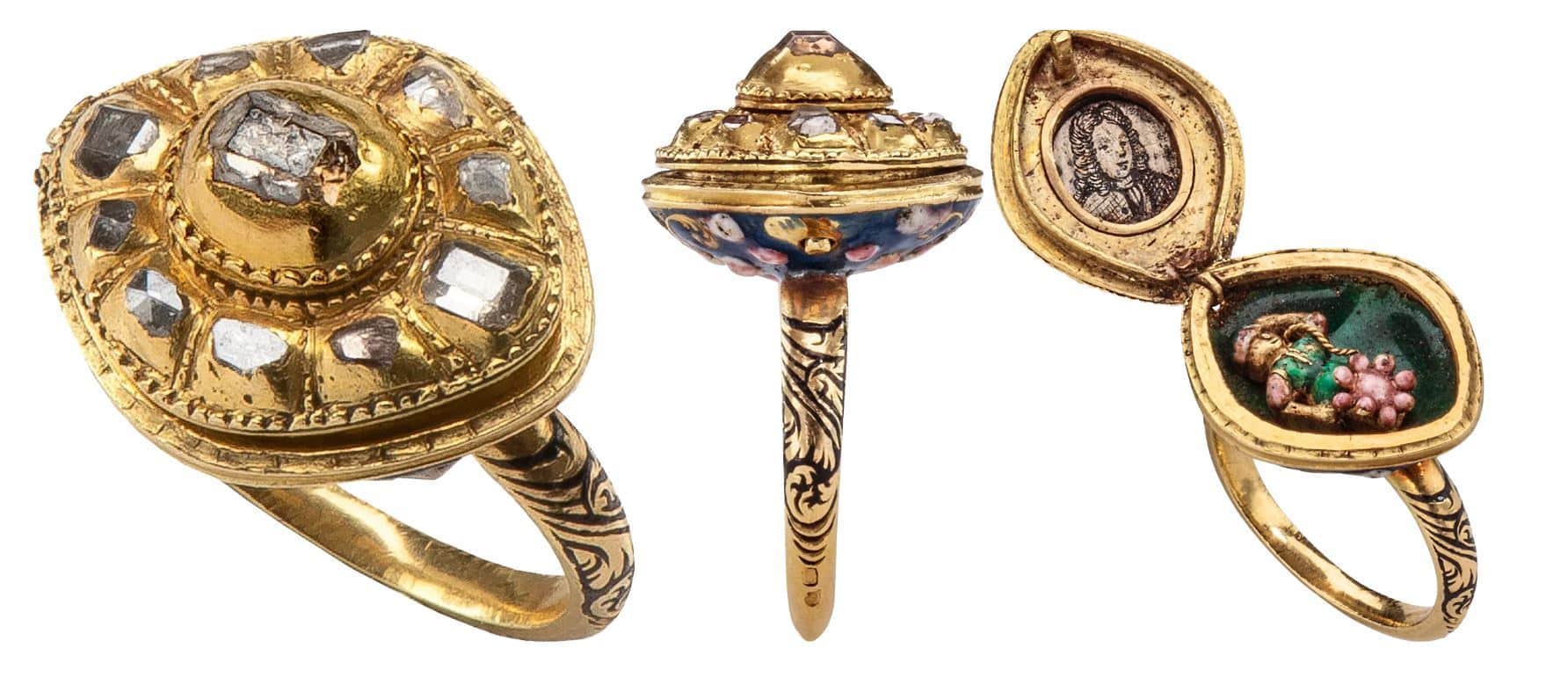 Golden cluster ring with diamonds and miniature portrait
Golden cluster ring with diamonds and miniature portrait© Photos by Les Enluminures Ltd.
A golden cluster ring with diamonds and a miniature portrait from the seventeenth century has been acquired at TEFAF by the King Baudouin Foundation for DIVA, the museum for diamonds, jewellery and silver in Antwerp.
The ring is engraved with a portrait of a young man accompanied by an enamel figurine in the case of the ring. The interpretation of the enameled figurine is unclear but presumably refers to a secret love garden. Until now, mainly cluster rings with a round rosette, similar to the ones painted on Dutch portraits, are preserved in diverse collections. Locket rings with a miniature portrait are very rare.
The new acquisition is an important addition to DIVA´s seventeenth century jewellery collection and it will be added to the permanent exhibition later this year.

